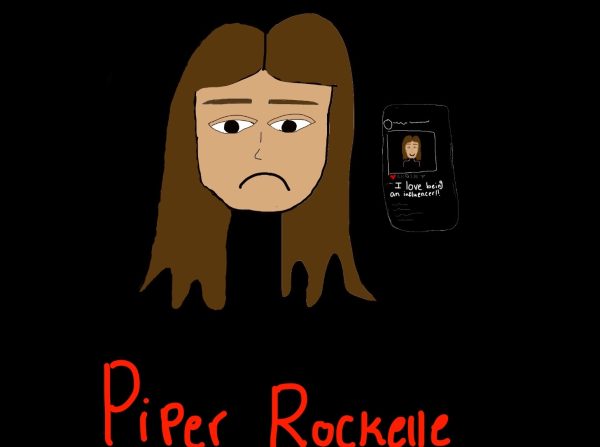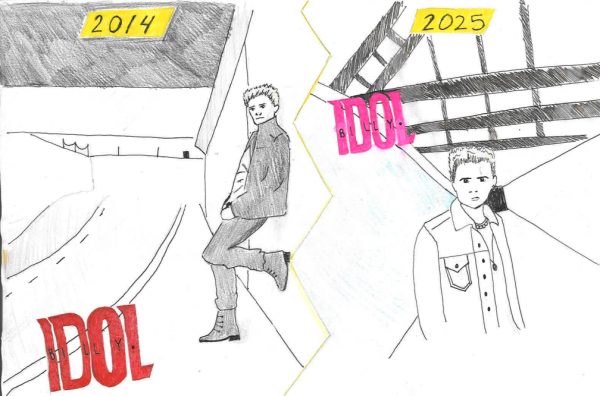New “Mulan” misses both artistically and ethically
The 2020 adaptation of “Mulan” has some noticeable and stark differences when compared to the Disney classic from the 1990s.
During the coronavirus pandemic, it has been difficult times for the entertainment industry, as there are movies being postponed or not being filmed yet. Luckily, the live-action remake of “Mulan” was released as a rental on September 4, 2020 on the streaming service Disney+. Contrary to most analysts’ speculation, the movie didn’t make very much money. The film’s budget was estimated to be $200 million, but its viewership analytics were below the movie budget. Although some parts of the trailer for “Mulan” (2020) caught some people’s attention, it largely does not live up to expectations.
This live remake of “Mulan” has most of the same story plot as the previous animated version from 1998. The remake is different in many ways, especially since it’s not a musical like its predecessor, and features traditional 2D hand-drawn animation.
Both the new iteration and the original center around a female warrior named Mulan during the Sui Dynasty in China. When her father was recruited by the imperial army, she decided to take his spot since he was a man of older age. His chances of surviving were zero to none. At the time, women weren’t allowed to join, so she disguised herself as a man and joined the army. The oldest Mulan story known is estimated to be from 400 AD. It was a poem called “The Ballad of Mulan” by an anonymous writer.
“Mulan” (2020) was directed by New Zealand filmmaker and screenwriter Niki Caro. For her, it was an honor and tremendous responsibility to bring Mulan to life in a new way.
“I had a huge vision for the live-action Mulan,” Caro said in a Disney interview. “The film needed to be massive because this is an epic action-adventure movie.”
The original movie’s themes were honor and bravery, so just like the previous “Mulan”, this one also is meaningful and emotional. Throughout the story, Mulan embraces the strengths and weaknesses she has, despite how her society looks at women. She is as capable as the men who went to war with her, which sends a message to her female viewers to not let men make them think that women aren’t as strong.
“Mulan” (2020) was filmed in many beautiful places, but one place caught people off guard: Xinjiang, the region of China where Uighur Muslims have been imprisoned in internment camps. Disney did not come out with an apology for filming in this location despite numerous human rights objections online and worldwide.
“It was decent for a live-action [film],” Jamyang Dolma (12) said. “But I just didn’t like how the filming took place in the Uighur internment camp location like nothing bad was surrounding them.”
The Chinese government is trying to conquer the Uighur Muslim minority in Xinjiang, China. The Uighur Muslims are targeted as a threat to security because of attacks that happened in 2013 and 2014, which made the Chinese Government have that mindset toward every Uighur Muslim. The Chinese government did not consider this an interned camp; rather they claim them to be “re-education centers,” but it is clear that they are living like prisoners since there are watchtowers and barbed wire fences.
“These camps are much more like prisons than so-called boarding schools,” Vox news recently reported.
Disney+ is charging people $30 to rent and watch the new Mulan movie regardless of if they have a subscription. The movie will then be available to subscribers without the extra charge on December 4, 2020, and while it isn’t a long wait, it sounds unfair to pay a subscription and still not have access to a movie already produced and released by the company.
“I had to pay 30 dollars just to watch the movie, and I personally feel it wasn’t worth spending that much money when I should’ve waited,” Dolma said.
The “Mulan” live-action remake only made an estimated 60 million to 90 million dollars so far, though Disney hasn’t officially released any numbers to the public. Many just felt that it wasn’t the same as the animated Mulan from 1998.
Caro also did not include certain characters from the animated “Mulan” into the live-action remake. Characters such as Mushu, Li Shang, and Little Brother are not in this rendition, but the writers added Commander Tung, Chen Honghui, Xianniang, Xiu and Ramtishe.
Mulan is simply a mediocre movie. It did not live up to its viewers’ expectations like so many thought it would. The movie itself was alright and offered nostalgic childhood vibes, but finding out where it was filmed soured the experience of watching an otherwise inspiring story and iconic character.

Stephanie Diaz Casco is a senior at CHHS. She likes journalism since it helps the community know what current events are happening and helps give a voice...







